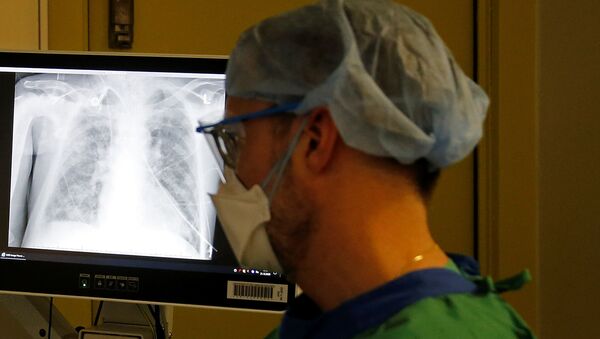An assistant professor at the Texas Tech University Health Sciences Center, Dr. Brittany Bankhead-Kendall, recently compared X-ray images of the lungs of a healthy person, a habitual smoker and a person infected with COVID.
The healthy lungs are shown to be mostly clean, the smokers' lung clearly display the white lines that represent scarring and congestion, and the post-COVID lungs are almost completely filled with the white scarring.
In one of the posts on her Twitter account, she said that “post-covid lungs look worse than any type of terrible smokers lung we’ve ever seen.”
I don’t know who needs to hear this, but “post-Covid” lungs look worse than ANY type of terrible smoker’s lungs we’ve ever seen.
— Brittany Bankhead-Kendall MD (@BKendallMD) January 4, 2021
And they collapse. And they clot off.
And the shortness of breath lingers on... & on... & on.
“Everyone’s just so worried about the mortality thing and that’s terrible and it’s awful. But man, and all the survivors and the people who have tested positive this is, it’s going to be a problem,” she told CBS Dallas-Fort Worth, adding that it's rare for any X-ray from her COVID-19 patients to not show heavy damage to the lungs.
Bankhead-Kendall also pointed out that it’s crucially important to remain in touch with one's primary care doctor if the patient experiences shortness of breath following the end of a course of COVID-19.
“There is no long-term implication of a vaccine that could ever be as bad as the long-term implications of COVID”, she detailed.
The first COVID-19 cases were reported from China at the end of 2019, with the World Health Organization (WHO) subsequently classifying the rapidly spreading outbreak as a 'pandemic' in March 2020. Those infected by the coronavirus usually experience fever, dry cough, difficulty breathing or shortness of breath, while some as-yet-unknown symptoms can cause death.
According to data collated by the Johns Hopkins University, global COVID-19 cases are currently 94,457,131, with the global number of fatalities in the ongoing pandemic above two million and rising.




